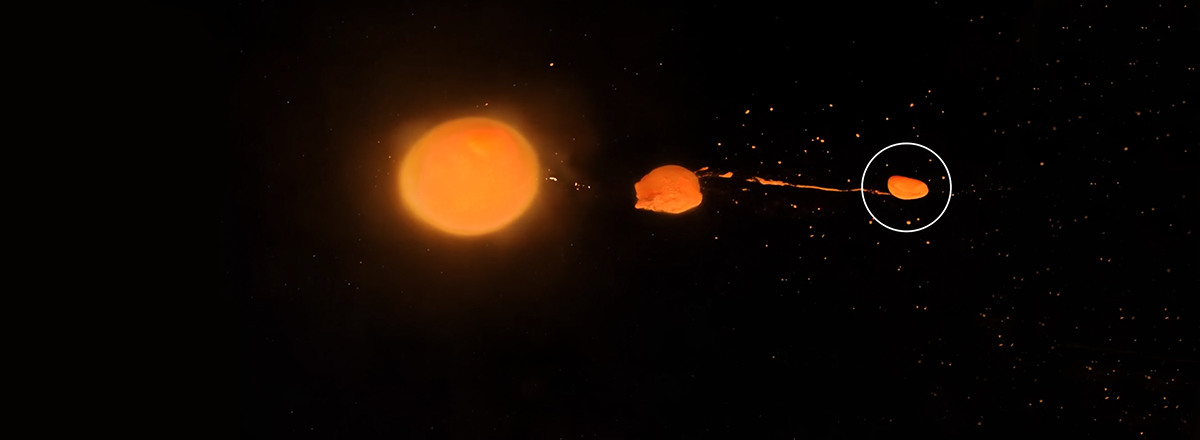A New Simulation Shows That Our Moon Could Have Formed Within Hours
According to a popular theory, the Moon was formed after Earth's collision with the larger celestial body – planet Theia. That collision resulted in a giant cloud of space material that later formed the satellite of our planet.

Scientists at NASA's Ames Research Center and Durham University have created a new computer simulation that shows how our Earth's Moon could be formed in a matter of hours.
One of the main problems scientists are facing now is how to explain the similarity between the composition of the Moon and the Earth. Researchers are studying the isotopic composition of materials, which can show how and where the object formed. Lunar soil samples studied in laboratories have an isotopic signature similar to that of Earth rocks, unlike samples from Mars and elsewhere in the solar system.
According to a popular theory, the Moon was formed after Earth's collision with the larger celestial body – planet Theia. That collision resulted in a giant cloud of space material that later formed the satellite of our planet.
A new simulation shows how the collision occurred, as a result of which the Moon could have formed hours afterwards, rather than days or even hundreds of thousands of years, as previously thought.
Now, to confirm or disprove the theory, scientists will have to study lunar soil samples to be delivered as part of NASA's future Artemis mission.

